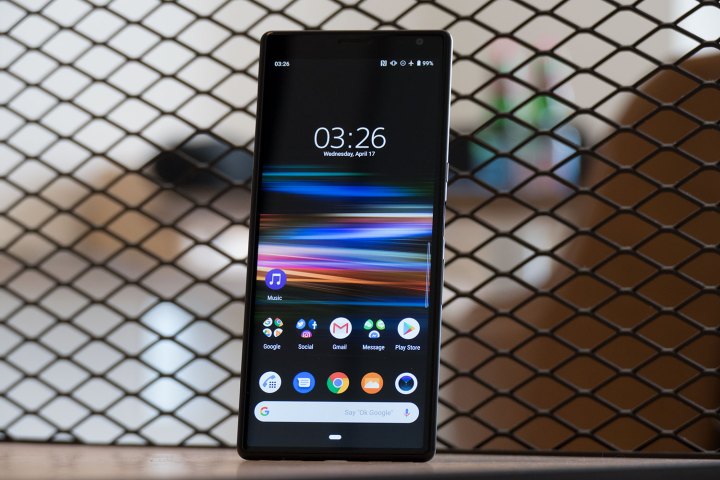
Sony CEO Kenichiro Yoshida has called its smartphone business “indispensable” amidst investor concerns over the loss-making side of the company, indicating Sony will continue making phones despite a push to close the side of the business down. However, in its recent corporate strategy meeting, Sony showed it will focus on only four markets internationally going forward.
Yoshida is quoted as saying smartphones are “a component necessary to make our hardware brand sustainable,” according to Reuters, and added that, “younger generations no longer watch TV. Their first touchpoint is [the] smartphone.” Sony considers the smartphone an entertainment device, which fits in with its PlayStation brand, televisions, and movie-making arm of the company.
Smartphones cost Sony $879 million in the last financial year, after the company sold 6.5 million phones globally for a 1% market share. These heavy losses haven’t deterred Sony, though, and it’s clear from the CEO’s words that smartphones will remain part of the company’s business for the foreseeable future. There are changes in where Sony will sell its phones, though.
Sony now has four “focus regions” around the world — Japan, Europe, Taiwan, and Hong Kong. On a map showing where Sony’s mobile business will continue, it lists the U.S. and Canada as having, “no operator business,” while also indicating it will not concentrate on smartphone sales in Australia, South America, and the rest of Asia outside the regions mentioned above. In addition to this, Sony has ended production in its factory in China, reduced its reliance on outsourced design in Japan, and altered its corporate management structure.
The news comes after Sony Mobile’s vice president of marketing, Don Mesa, told Digital Trends earlier this year the business was “undergoing a lot of change,” and that, “every component of our business has been touched.” Mesa was speaking ahead of Mobile World Congress, where Sony launched a series of new smartphones with new designs and some stand-out new features. He stated these phones — which included the Xperia 10 and the Xperia 10 Plus — would show the direction the company was headed in.
The flagship new device from Sony, the Xperia 1, has yet to be released but is available for pre-order in the U.K. and other regions.
Editors' Recommendations
- This company gave us a sneak peek at the future of smartphone design
- Look who just replaced Samsung as king of the global smartphone market
- I used Samsung’s next big smartphone update. Here’s why I love it
- 4 things Android phones still do better than the iPhone 15
- A radical new processor is going to shake up smartphones in 2024



